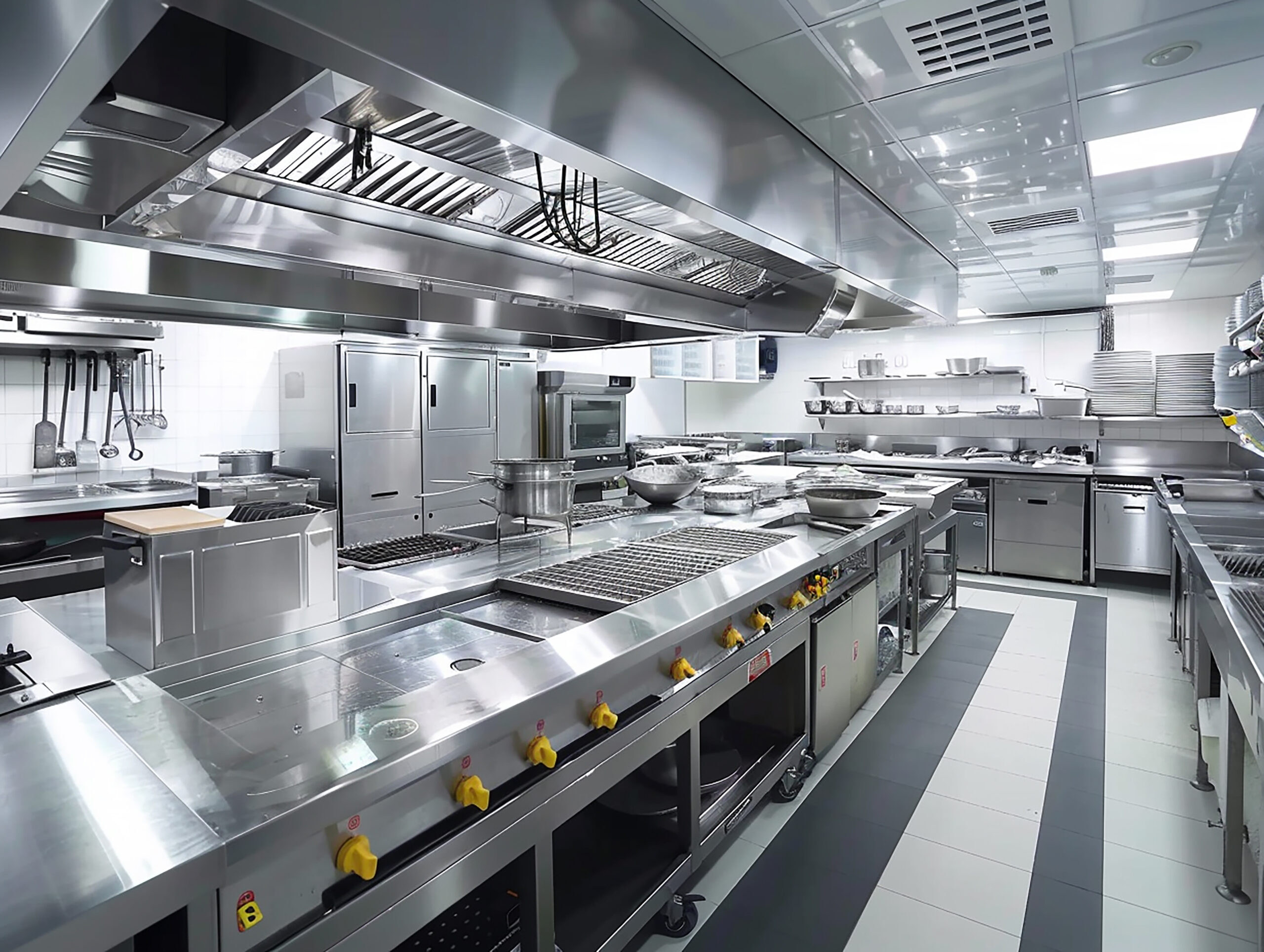
Introduction:
Menu engineering is a critical aspect of restaurant management that involves the systematic analysis and design of menus to enhance profitability, improve customer satisfaction, and streamline operations.
As one of the primary tools of communication between the restaurant and its patrons, the menu not only lists available dishes but also plays a pivotal role in influencing customer choices. This essay delves into the concepts, methodologies, and implications of menu engineering, exploring its significance in the competitive restaurant landscape.
Understanding Menu Engineering
Menu engineering is defined as the process of developing and optimizing menus through a combination of marketing strategies, food costing, and customer psychology. The ultimate goal is to maximize the profitability of a restaurant while ensuring customer satisfaction. It incorporates various elements, including pricing strategies, layout design, and the strategic placement of high-margin items.
Key Components of Menu Engineering
Menu Design and Layout The visual presentation of a menu significantly impacts customer perceptions and choices. Research indicates that the arrangement of items, use of colors, and typography can attract attention to specific dishes. The “Golden Triangle” principle suggests that customers typically focus their gaze on the top right corner, the center, and the bottom left of a menu. Placing high-margin items in these areas can lead to increased sales.
Item Classification Menu items are often classified into four categories based on their popularity and profitability:
- Stars: High popularity and high profitability items. These should be highlighted and promoted.
- Plowhorses: High popularity but low profitability. These may require price adjustments or cost control measures.
- Puzzles: Low popularity but high profitability. Strategies to increase awareness and sales for these items should be explored.
- Dogs: Low popularity and low profitability. These items may need to be removed from the menu to streamline offerings and reduce costs.
Psychological Pricing Pricing strategies play a crucial role in menu engineering. Psychological pricing, which involves setting prices just below a whole number (e.g., $9.99 instead of $10), can create a perception of value. Additionally, utilizing descriptive language can enhance perceived value, making dishes appear more enticing and justifying higher prices.
Menu Item Descriptions Well-crafted descriptions can significantly influence customer choices. Descriptive language that evokes sensory experiences, highlights unique ingredients, and conveys a story can make items more appealing. For instance, instead of “grilled chicken,” a description might read “succulent grilled chicken marinated in a blend of Mediterranean spices.”
The Impact of Menu Engineering on Profitability
Effective menu engineering directly correlates with increased profitability. By focusing on high-margin items and utilizing strategic pricing, restaurants can enhance their bottom line. Studies have shown that even minor adjustments in menu layout and item placement can lead to significant revenue increases. Furthermore, understanding customer preferences and behavior through menu analysis allows for continuous improvement and adaptation to market trends.
Challenges in Menu Engineering
While menu engineering offers numerous benefits, it also presents challenges. The dynamic nature of the food industry means that restaurants must continually adapt their menus to changing consumer preferences, dietary restrictions, and seasonal ingredients. Additionally, over-engineering a menu can lead to complexity, overwhelming customers and detracting from their dining experience.
Conclusion
Menu engineering is an essential aspect of restaurant management that combines art and science to optimize offerings, enhance customer experiences, and drive profitability. By focusing on strategic design, item classification, pricing strategies, and compelling descriptions, restaurants can effectively navigate the competitive landscape. As consumer preferences continue to evolve, the need for continuous assessment and adaptation in menu engineering will remain paramount for long-term success in the hospitality industry. Ultimately, a well-engineered menu is not just a list of food items; it is a powerful tool that can shape a restaurant’s identity and drive its financial performance.



